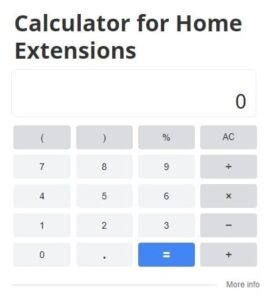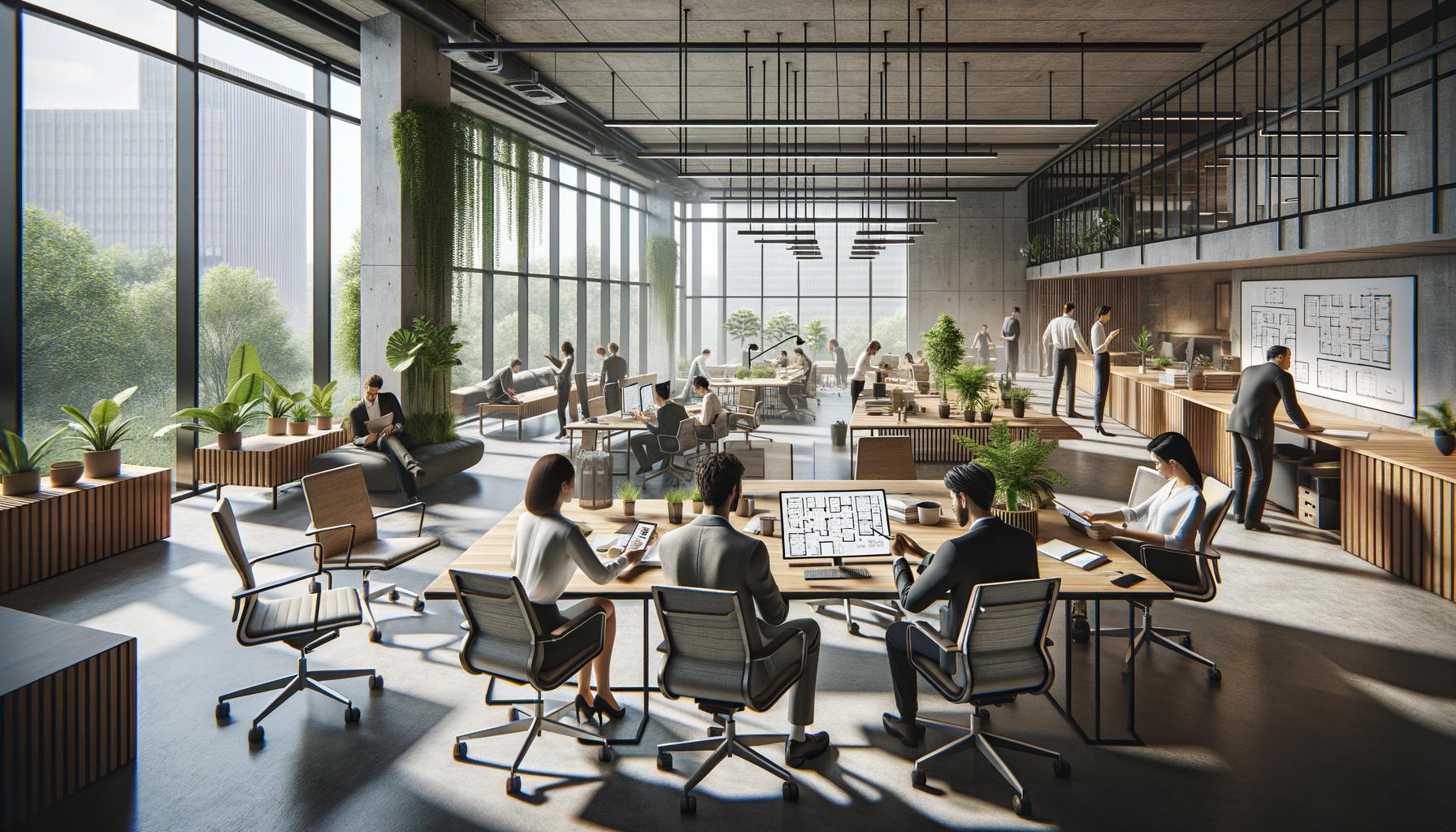
Office spaces directly impact productivity and employee satisfaction. Studies show that well-designed workplaces can boost performance by up to 20%.
We at Home Owners Association know that smart renovation office ideas don’t require massive budgets. Simple changes like improved lighting and strategic layout adjustments can transform any workspace into a more efficient environment.
How Do You Start Planning Your Office Renovation
Successful office renovation starts with a thorough audit of your existing workspace. Walk through your office and document specific pain points such as poor lighting that causes eye strain, cramped workstations that limit movement, or inadequate storage that creates clutter. Research from the Harvard T.H. Chan School of Public Health shows that improved office ventilation can significantly impact employees’ cognitive function, including response times and ability to focus. Map out high-traffic areas where employees congregate and identify bottlenecks that slow down daily operations.
Set Your Budget Parameters
Office renovations vary significantly in cost depending on location and scope. In Australia, office fit-outs range from approximately $2,600 to $3,000 AUD per square metre in major cities like Melbourne, Sydney, and Canberra. Allocate 20 per cent of your budget as a contingency fund for unexpected expenses like electrical upgrades or structural modifications. Prioritise changes with the highest impact first – lighting improvements can cost as little as $5 per square foot but deliver immediate productivity gains. Create separate budget categories for essential items like ergonomic furniture, technology upgrades, and aesthetic improvements to maintain control throughout the project.
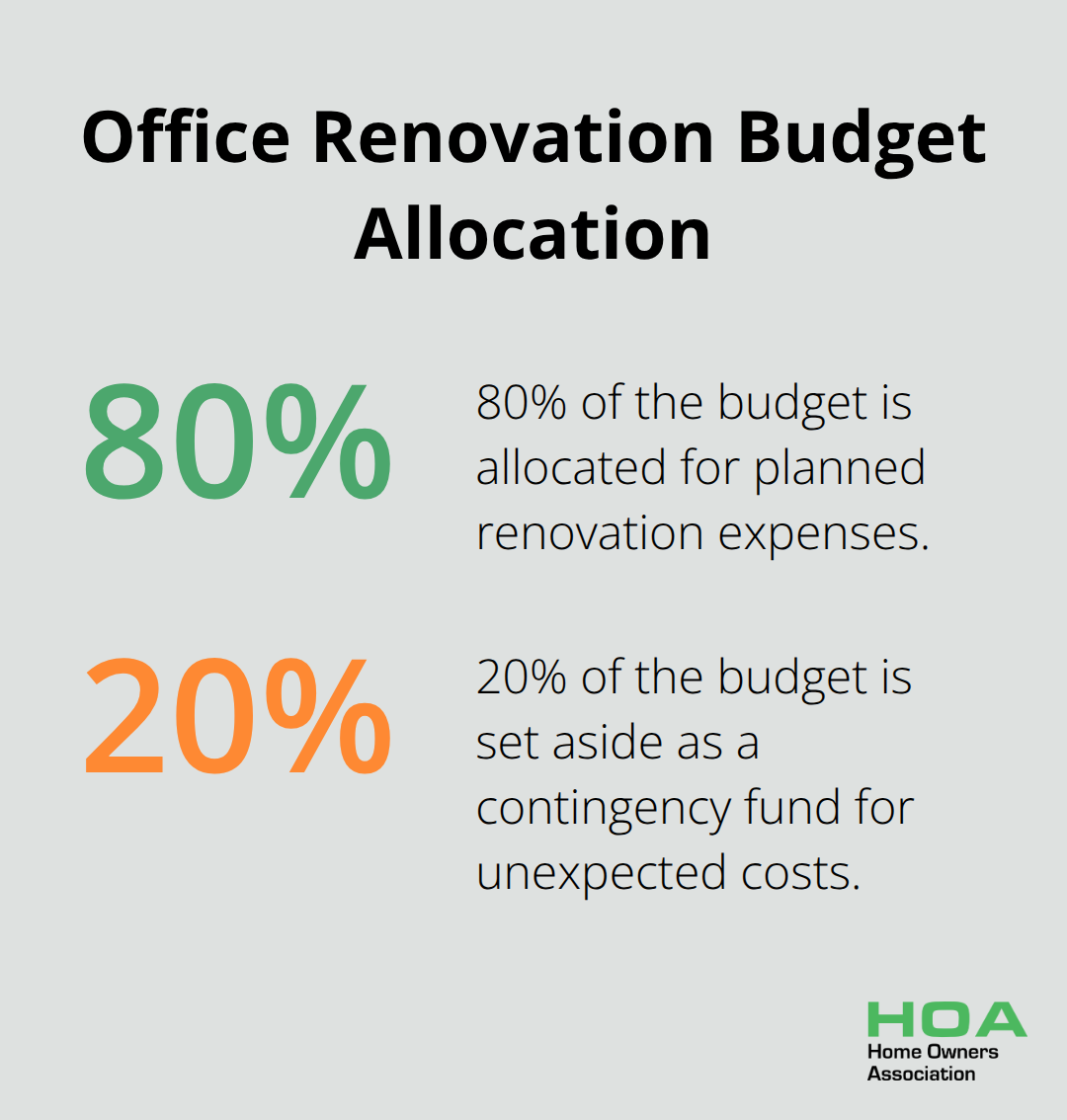
Define Success Metrics
Establish measurable goals before you start any renovation work. Target specific improvements such as a 15 per cent reduction in employee sick days through better air quality or a 25 per cent increase in collaboration with open workspace design. Survey your team about their biggest workspace frustrations and use this feedback to guide renovation priorities. Set realistic timelines that account for permit approvals (which can take 2-4 weeks in most areas) and material delivery delays. Document baseline measurements for productivity, employee satisfaction scores, and space utilisation rates to track renovation success after completion.
Choose Your Design Direction
Modern office trends favour flexibility and employee wellbeing over traditional rigid layouts. Biophilic design elements like green walls and natural lighting can reduce workplace stress while improving overall health. Consider hybrid workspace solutions that blend collaborative areas with private focus zones to accommodate different work styles. Colour psychology plays a significant role – blue tones promote calmness while yellow encourages optimism and creativity.
With your planning foundation in place, you can now explore specific renovation strategies that deliver maximum impact without breaking your budget.
What Simple Changes Deliver Maximum Impact
Transform Your Space with Better Lighting
LED lighting systems slash energy costs compared to traditional fluorescent fixtures while they sharpen employee focus and reduce eye strain. Task lighting at individual workstations paired with warm ambient lighting in common areas creates a more welcoming atmosphere. Smart lighting controls that adjust brightness throughout the day boost productivity by reducing sleepiness and increasing feelings of vitality. Electrical upgrades often accompany these changes – plan for additional outlets near workstations as modern offices demand more charging points for laptops, phones, and other devices.
Paint Colours That Boost Performance
Strategic colour choices directly influence employee behaviour and productivity levels. Blue paint colours increase focus and mental clarity, which makes them ideal for analytical work areas. Green tones reduce eye strain and promote balance – perfect for spaces where employees spend long hours at computers. Bright red in work areas increases stress levels and can trigger anxiety responses, so avoid it completely. Neutral greys and whites work well for collaborative spaces, but accent walls in soft yellow prevent the space from feeling sterile. Professional-grade paint costs approximately $45-65 per gallon but covers 350-400 square feet, making it one of the most cost-effective renovation strategies available.
Smart Storage Solutions
Clutter reduction through organised storage systems improves productivity by 12 per cent while it reduces workplace stress. Wall-mounted shelves maximise vertical space without they consume valuable floor area. Modular storage units allow flexibility as your office needs change over time. Digital filing systems combined with secure document storage eliminate up to 80 per cent of paper clutter while they improve information access. Built-in storage solutions cost more upfront but provide better long-term value than standalone furniture pieces that may not fit future office layouts.
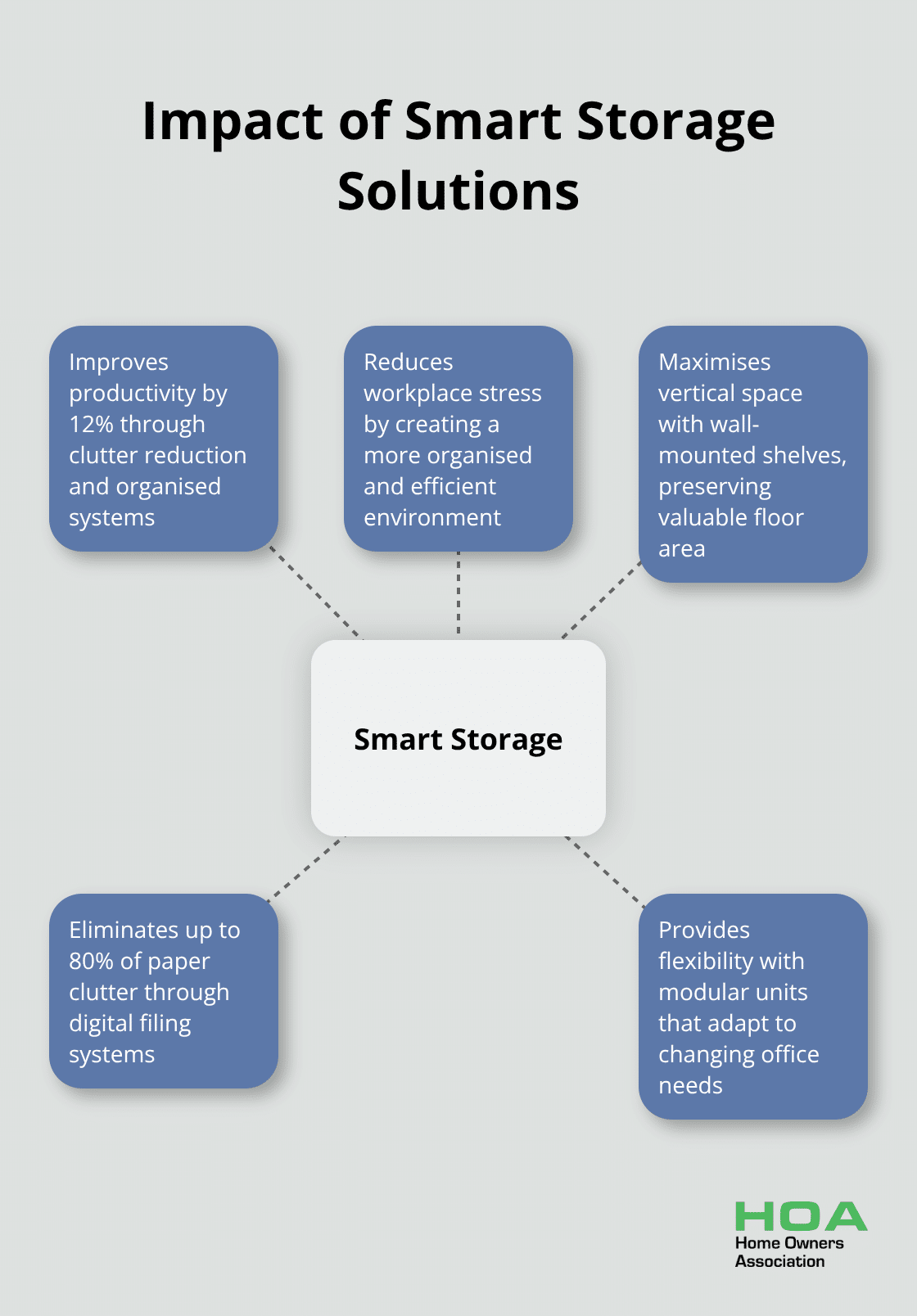
These foundational improvements set the stage for more comprehensive workspace design that addresses how employees actually work and collaborate throughout their day.
How Do You Create Workspaces That Actually Work
Modern office design demands flexibility that adapts to how employees actually work throughout their day. Open collaborative spaces work best when they occupy 60-70 per cent of your office layout, but they need strategic placement away from concentration zones to prevent noise pollution. Research from McKinsey shows that organisations now adopt hybrid workspaces that blend collaborative areas with focused work zones.
Install movable partitions or modular furniture systems that reconfigure quickly for different team sizes and project needs. Acoustic panels reduce sound transmission by up to 85 per cent between work areas, while glass partitions maintain visual connectivity without they sacrifice productivity.
Design Flexible Collaborative Areas
Height-adjustable desks improve employee health significantly – studies indicate they reduce back pain compared to static workstations. Modular seating arrangements allow teams to expand or contract meeting spaces based on project requirements. Writable wall surfaces encourage brainstorming sessions and visual collaboration without the need for traditional whiteboards.
Prioritise Employee Physical Health
Ergonomic improvements deliver immediate returns through reduced workplace injuries and increased comfort levels. Monitor arms that position screens at eye level prevent neck strain that affects 60 per cent of office workers. Keyboard trays positioned 1-2 inches below elbow height reduce repetitive strain injuries by 40 per cent.
Task chairs with lumbar support and adjustable armrests cost $200-600 but prevent back problems that cause 264 million lost workdays annually (according to workplace safety data). Anti-fatigue mats in areas where employees stand reduce leg discomfort while they encourage movement throughout the day.
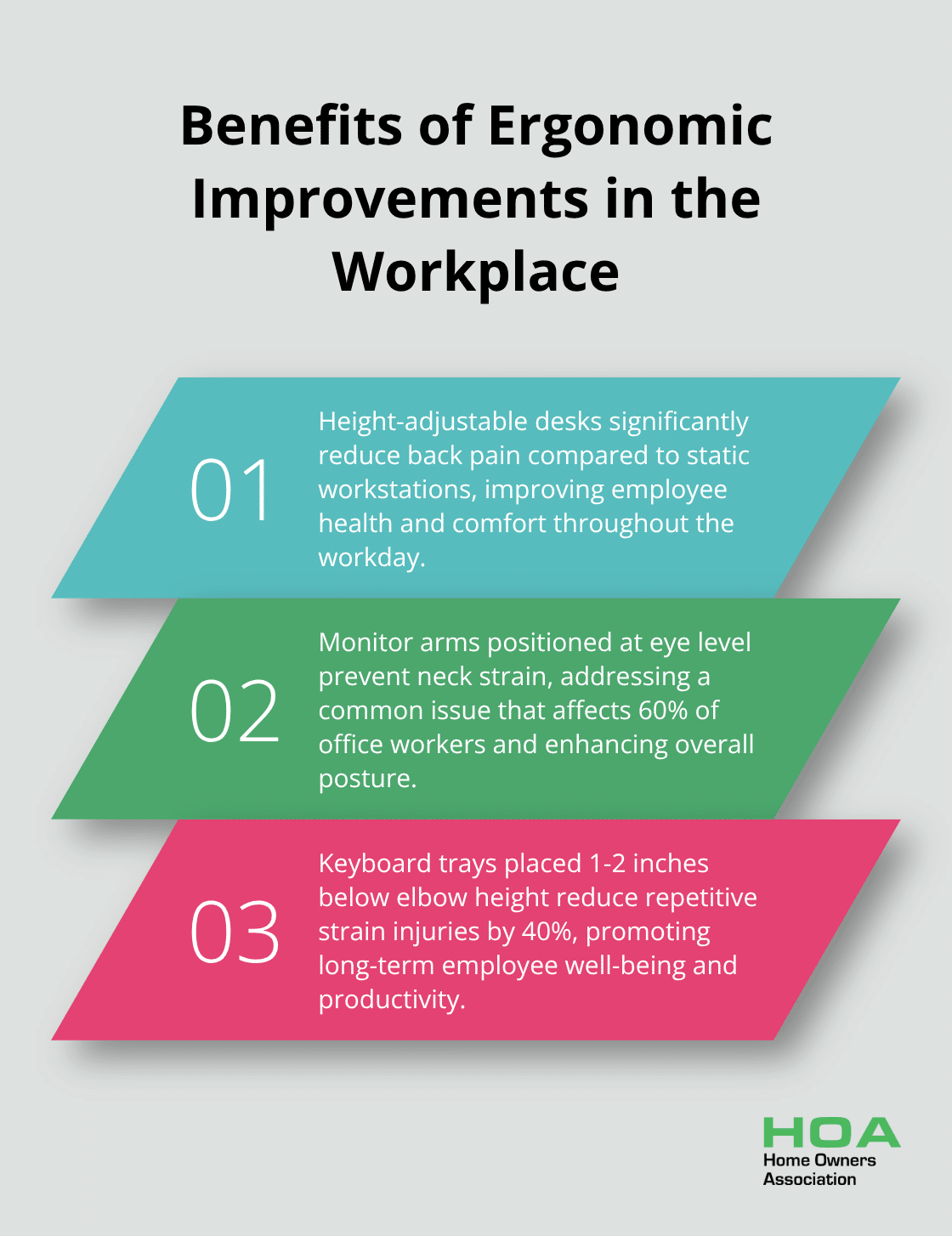
Integrate Smart Technology Solutions
Smart systems with occupancy sensors optimise energy use and space allocation while they provide data on workspace utilisation patterns. Video conferencing equipment in every meeting room supports hybrid teams effectively – 4K cameras and noise-cancelling microphones eliminate technical barriers during remote collaboration.
Wireless stations built into desks reduce cable clutter while they keep devices powered throughout work sessions. High-speed internet with redundant connections prevents productivity losses from network outages that cost businesses an average of $5,600 per minute (based on industry downtime studies).
Final Thoughts
Office transformation success depends on systematic planning that addresses your team’s specific needs while you stay within budget constraints. Start with high-impact changes like LED lighting upgrades and strategic paint colours that cost under $100 per room but deliver measurable productivity gains. Focus renovation office ideas on flexible layouts that accommodate both collaborative work and individual focus time.
Budget-conscious improvements generate the strongest returns on investment. Ergonomic furniture prevents costly workplace injuries while modular storage systems eliminate clutter that reduces efficiency by 12 per cent. Smart technology integration supports hybrid work models that 90 per cent of organisations now adopt (according to McKinsey research).
Strategic office renovations create benefits beyond immediate productivity improvements. Well-designed workspaces reduce employee turnover costs while they attract top talent in competitive markets. We at Home Owners Association help property managers access expert guidance on renovation projects that transform workspaces into more productive environments.





